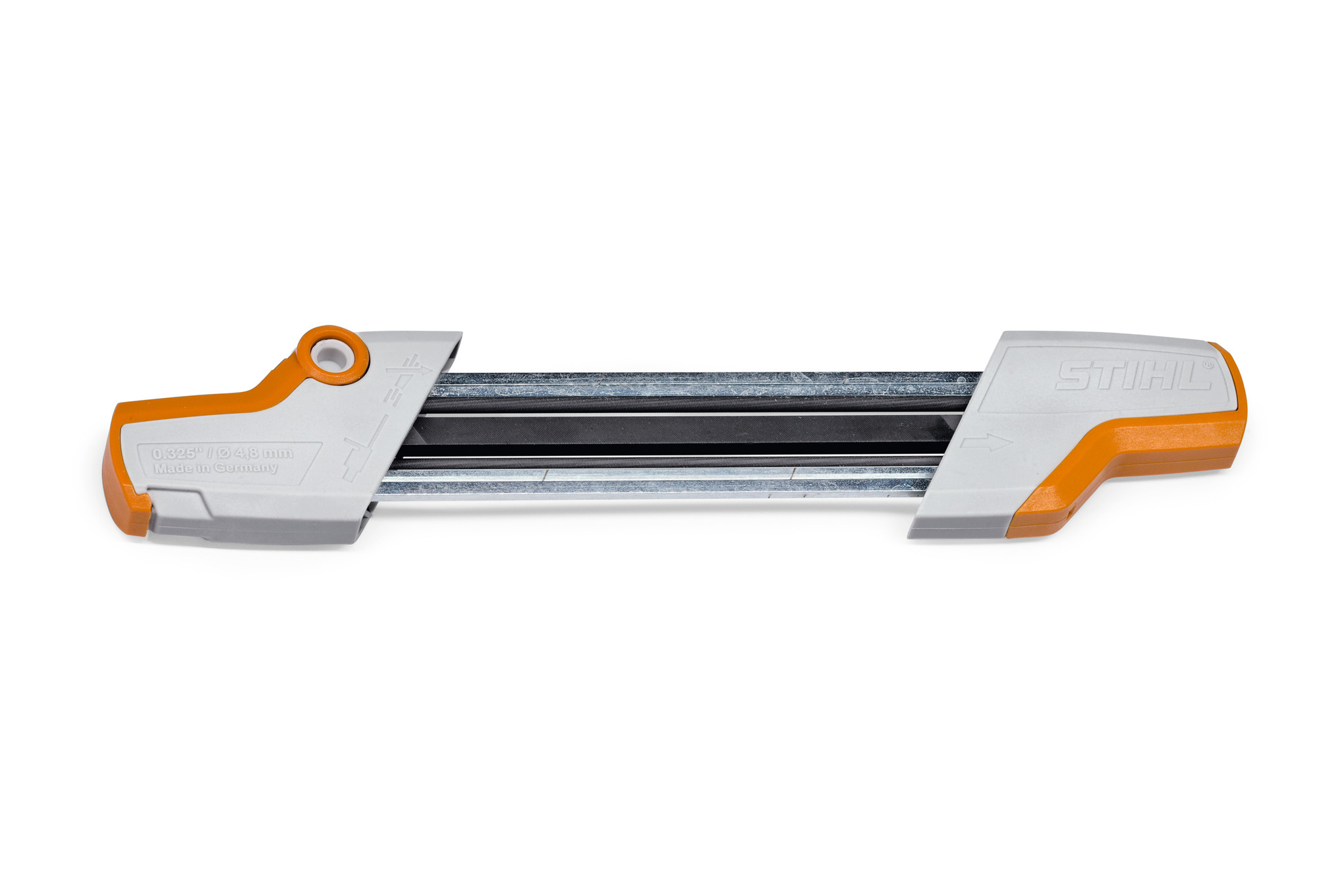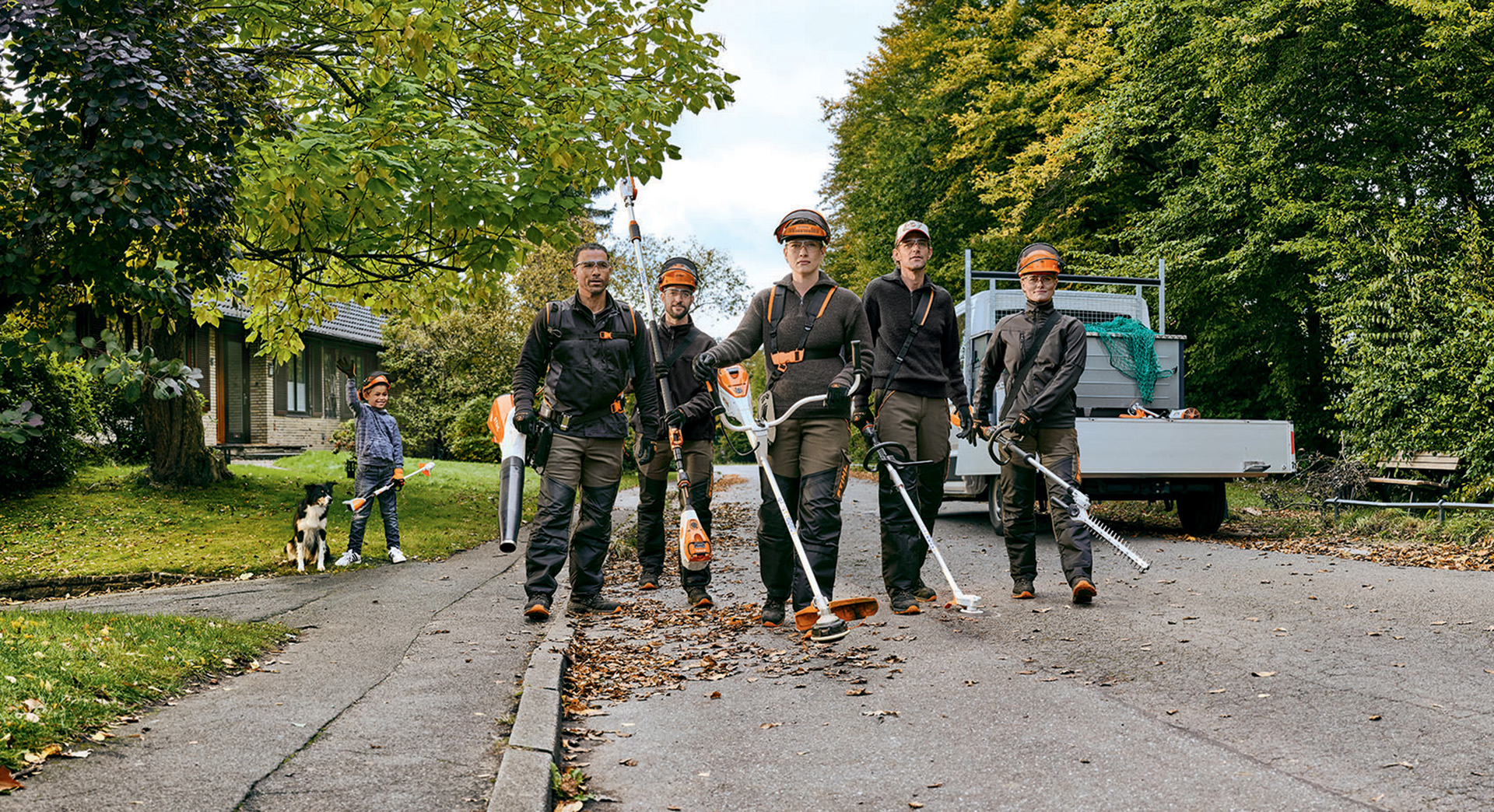Dust extraction classes: understand how to keep your workspace healthy
Particulate matter is hazardous to health, so understanding dust extraction classes is an important way of protecting yourself in your workspace.
18.11.2024

Choose the right dust extraction class for a healthier work environment
Whether you’re doing carpentry, installing heating systems or other renovation work, you will constantly be generating dirt and dust which accumulate where you are working. The composition of these types of dust varies – as does their harmfulness to humans and the environment. That’s why classes of dust extraction have been devised: to help you understand the different dust particulate types so you can protect against them effectively.
Dust extraction classes designate the hazardousness of specific types of dust, which means they can guide you in choosing the right dust extractor vacuum cleaner for your workspace.
Dust extraction classes: L, M and H
Dust extraction class L includes house dust and dusty substances such as sand, plaster and chalk. These types of dust might arise when you are cleaning a building, for example.

Dust extraction class L: slightly hazardous dust
Dust extraction class L includes house dust and dusty substances such as sand, plaster and chalk. These types of dust might arise when you are cleaning a building, for example.

Dust extraction class M: moderately hazardous dust
Dust extraction class M is the middle category in terms of harm to health, and it includes wood and metal dust as well as paint particles. These types of dust can be expected during carpentry work, painting or in metalworking facilities.

Dust extraction class H: highly hazardous dust
Dust extraction class H refers to the highest risk level for dust. This dust extraction class covers substances which are extremely hazardous to health and carcinogenic, such as asbestos, mould spores, lead dust and mineral fibres, but also very small particles such as flour dust and different types of inorganic fibre. These types of dust hazard occur in bakeries, when installing heating systems or removing asbestos, for example, and also when extracting nests and caterpillars of the oak processionary moth.
Which dust classes will you encounter in various workspaces?
If you are not sure which type of dust may be generated in your workspace, the table below offers an initial overview to help you better identify the relevant dust extraction classes. In some situations you may find a combination of different dust types: for example, a roofer might encounter house dust (dust extraction class L) as well as wood dust (dust extraction class M) and asbestos dust (dust extraction class H), in a single working day.
| Type of work | Dust types expected | Possible dust extraction classes |
|---|---|---|
| Carpentry, joinery, window construction | Wood, paint particles, plastics, light metal shavings |
M, H |
| Model construction | Wood, paint particles, plastics, light metal shavings, fibreglass materials, carbon fibre materials | L, M, H |
| Metalworking | Metal dust (iron, chrome, nickel, aluminium, etc.), plastics, paint particles | M, H |
| Concrete construction and masonry works | Mineral dust containing quartz | H |
| Roofing work | Fibres from old mineral fibre, mineral dust (slate, quartz, clay) | L, M, H |
| Electrical work | Mineral dust containing quartz, asbestos, plaster |
L, M, H |
Painting works |
Paint dust containing lead/chrome, paint particles, putty | L, M, H |
| Asbestos removal | Asbestos fibres | H |
| Drywall construction | Mineral dust, plaster, old mineral fibre | H |
| Container construction | Fibreglass materials, carbon fibre materials, metal dusts |
H |
| Car mechanic/mechatronics technician, coachbuilding | Rust particles, materials from abrasion, filler and paint dusts, metal dusts | M, H |
| Chimney sweeping | Rust, wood dust (e.g. in pellet-fuelled heating systems) |
L, M, H |
| Heating engineering | Mineral dust, asbestos, rust (domestic furnaces only), wood dust (e.g. in pellet-fuelled heating systems) | M, H |
| Furnace and stove construction | High-temperature wool, mineral dust | H |
| Service technician for office equipment | Toner dust | M, H |
Building cleaning (maintenance cleaning) |
House dust | L |
| Building cleaning (final construction cleaning) | Mineral dust containing quartz | H |
| Industrial cleaning | Depends on the area of application |
L, M, H |
| Bakery | Flour dust, grain dust, sugar dust |
L, M |
| Stonecutting/stonemasonry | Mineral dust containing quartz |
H |
Your health could be affected, depending on which categories of dust you encounter frequently. To minimise risk and protect the environment, you should be sure to select a professional vacuum cleaner that has an appropriate dust filter.
Industrial vacuum cleaners and dust extractors
The right vacuum cleaner depends on the relevant dust extraction class. There are two types of wet and dry vacuum cleaner available: industrial vacuum cleaners and dust extractor vacuums.
Industrial vacuum cleaners
For dust extraction class L, the STIHL SE 122 is a certified industrial vacuum cleaners, which are ideal for use with the least hazardous dust extraction class.
Dust extractors
Dust extractor vacuums deal with most dust and dirt in classes M and L as soon as it develops, because they are connected directly to the tool you are using, such as a cut-off machine. Dust extractors also issue a visual or acoustic warning if the dirt exposure for the user is increased. For dust extraction class M, STIHL offers the STIHL SE 133 ME certified wet and dry vacuum cleaner, which is suitable for use in places with a higher level of dust pollution and offers automatic filter cleaning to ensure that the suction power remains consistently high. This makes it the perfect workshop vacuum cleaner for dust extraction class M.
Summary: dust extraction classes
- Dust is divided into three dust extraction classes depending on how hazardous it is to health
- People encounter many dust extraction classes in many different occupations
- The best way to protect against types of dust that are hazardous to health is by using a good industrial vacuum cleaner or dust extractor
- STIHL offers a range of wet and dry vacuum cleaners suitable for various dust extraction classes




